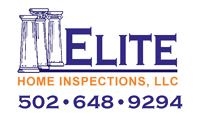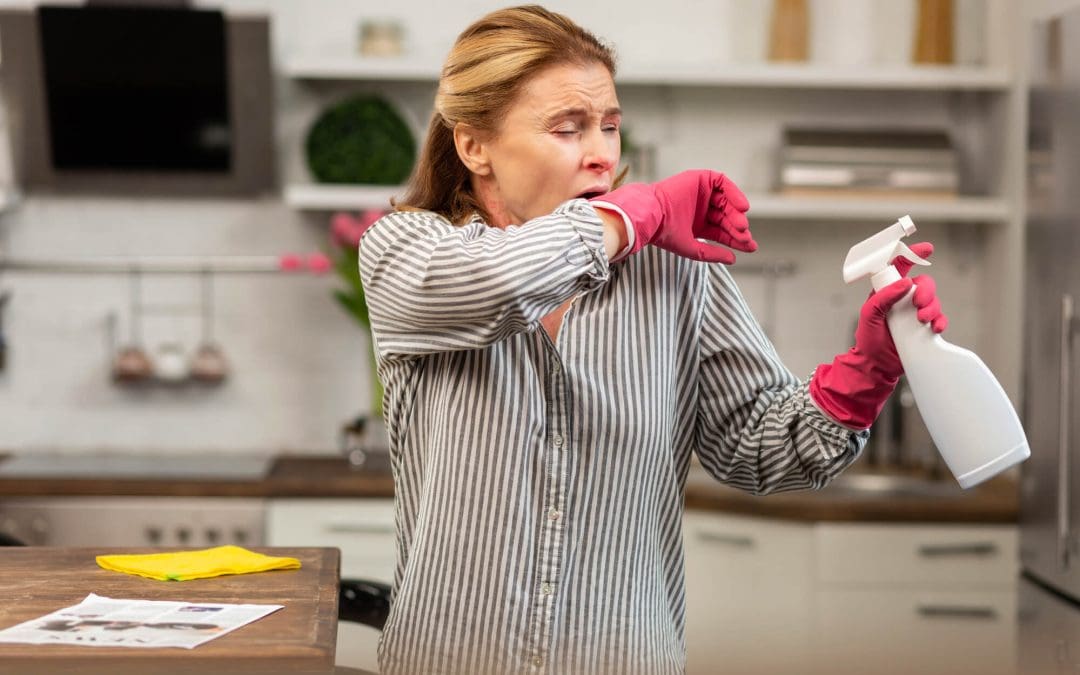When you think about your home’s air quality and safety, you probably focus on things like mold, dust, or radon. Chemicals in your home come from everyday products you use, from cleaning sprays to furniture polish, which impact your health and the environment. Identifying these potential toxins and finding safer alternatives is a key step in creating a healthier living space for your family.
Hidden Dangers: Where Chemicals in Your Home Lurk
Many homeowners are surprised to learn that the most prevalent chemicals in their homes aren’t stored in the garage; they are right under the sink and in the laundry room, contributing to poor indoor air quality. These chemicals fall into several key categories that deserve attention, primarily from consumer products.
You encounter Volatile Organic Compounds (VOCs) in things like fresh paint, carpet, or furniture. These gases are emitted from household products and may cause headaches and long-term health issues. Other hidden toxins include Phthalates, often found in scented products like air fresheners and conventional laundry detergents, which are used to carry fragrance or make plastics flexible. Finally, formaldehyde, a common preservative, is present in pressed-wood products and specific fabric treatments and can off-gas for years, irritating the eyes and throat. Understanding where the chemicals in your home originate is the first step toward reducing your exposure.
Cleaning Smarter: Swapping Out Chemical Cleaners
The kitchen and bathroom are ground zero for the most aggressive chemicals in your home. Bleach, ammonia, and conventional oven cleaners are powerful but release harsh fumes and could be dangerous if mixed incorrectly. Fortunately, there are many effective, natural alternatives that provide a deep clean without the toxic residue. Consider simplifying your cleaning arsenal. A powerhouse duo of white vinegar and baking soda will tackle most household cleaning tasks, from scrubbing showers to deodorizing drains. Vinegar is a natural disinfectant, and baking soda is a gentle abrasive and odor absorber. For disinfecting surfaces, look for products that use plant-derived or food-grade ingredients, or those certified as effective by the EPA without the harsh chemicals.
Another simple swap is ditching conventional air fresheners. Plug-ins, sprays, and scented candles often contain high levels of phthalates. Instead, rely on natural ventilation, diffusing pure essential oils, or simply simmering natural ingredients like citrus peels and cinnamon on the stove. This small change significantly reduces unnecessary chemicals in your home.
Filtering the Air and Water: Defense Against Chemicals in Your Home
Even if you switch to all-natural products, invisible chemicals may linger in your air and water supply. Implementing simple filtration methods provides an extra layer of defense. For airborne chemicals, ensure your home has proper ventilation. When undertaking tasks like painting, open windows, and use exhaust fans. If you have an HVAC system, consider upgrading your furnace filter to a MERV 11 or higher, which captures smaller particles and pollutants. For targeted relief, a high-efficiency particulate air (HEPA) filter unit can be used in rooms where you spend the most time to remove airborne contaminants.
For water quality, invest in a water filtration system. Tap water may contain chlorine, which is a known irritant, and sometimes trace elements of heavy metals or industrial chemicals. A pitcher filter works well for drinking water, but a whole-house carbon filtration system or an under-sink reverse osmosis system will provide broader protection, guaranteeing the water used for cooking and drinking is free of unwanted chemicals.
Safer Practices for Maintenance and Storage
The way you handle and store household chemicals is just as important as the chemicals you choose. Mismanagement could lead to dangerous spills, accidental ingestion, or improper disposal. Always store cleaning supplies, pesticides, and automotive fluids in their original, clearly labeled containers and keep them securely locked away, far out of reach of children and pets.
When disposing of old paints, solvents, or batteries, never pour them down the drain or throw them in the regular trash. Many of these items are considered household hazardous waste and must be taken to a designated collection site. Check with your local municipality for disposal options. Responsible disposal prevents these chemicals in your home from contaminating the local environment and water sources.
Frequently Asked Questions (FAQs)
What should I look for on a product label to avoid harsh chemicals?
Look for labels that explicitly state “low-VOC,” “zero-VOC,” or products certified by third-party organizations (like Green Seal or EPA Safer Choice). If a product lists “fragrance” without further detail, it likely contains phthalates, so opt for unscented or naturally scented products.
Does a brand new couch off-gas harmful chemicals?
Yes, most new furniture, particularly items made with composite woods or treated fabrics, can release VOCs and formaldehyde, a process known as off-gassing. To minimize this, purchase items made from solid wood, metal, or natural fibers, and air out new furniture in a well-ventilated space before bringing it indoors.
How do I safely store chemicals in my home?
Store all hazardous products in a cool, dry, well-ventilated area, away from heat sources.
Can air purifiers remove all harmful chemicals?
No, a standard HEPA air purifier is designed to filter particulate matter (dust, dander, pollen). To remove gaseous chemicals in your home (like VOCs), you need a purifier that contains an activated carbon filter, which chemically absorbs gas molecules from the air.
Elite Home Inspections offers home inspection services to customers in Louisville and the surrounding areas of Kentucky. Contact us to request an appointment.

